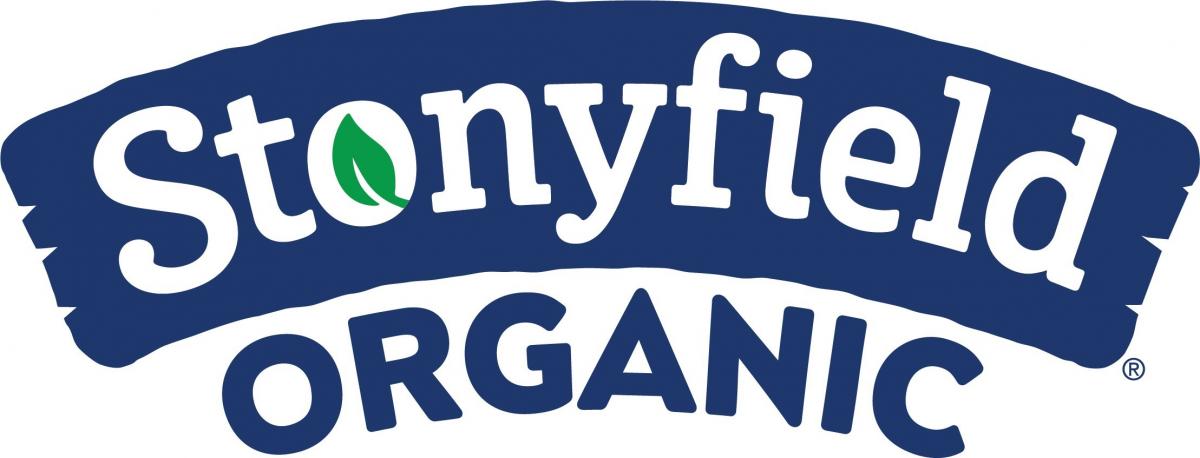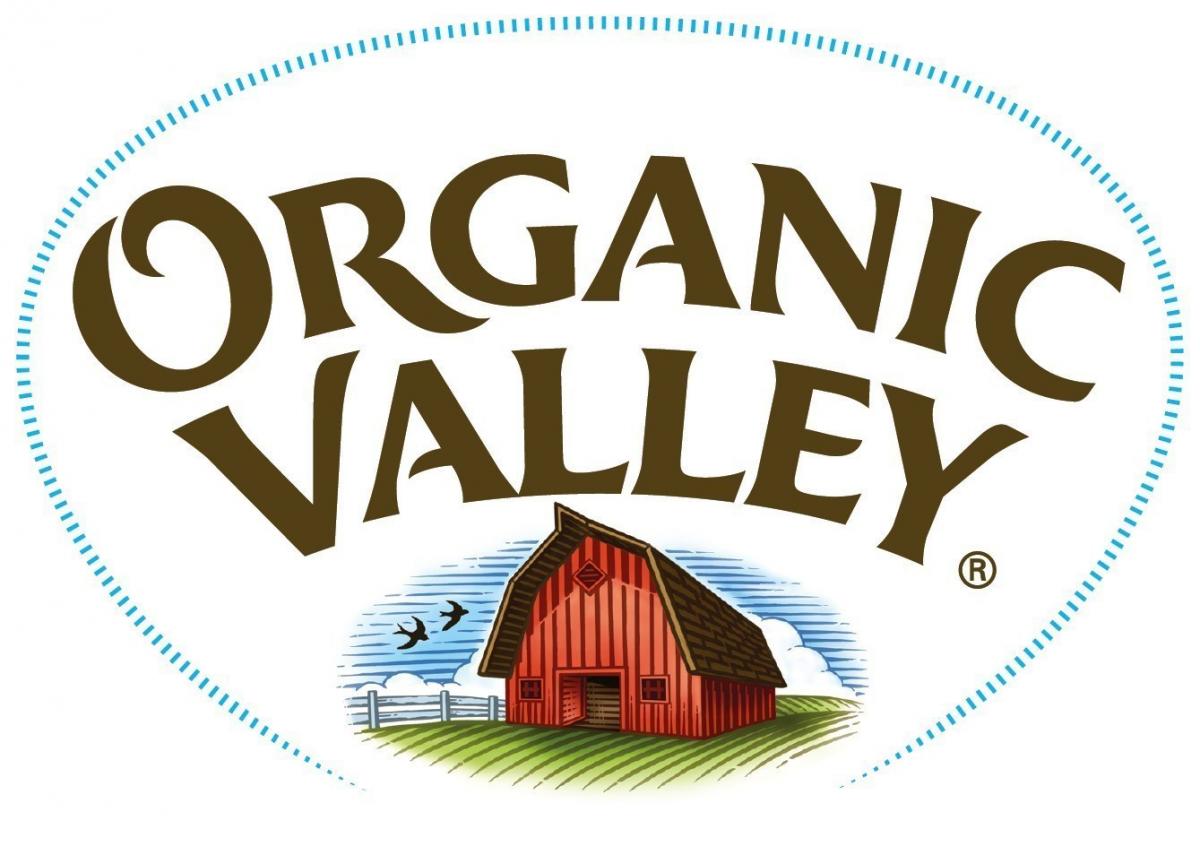Every time you pick organic, you are reducing the number of synthetic chemicals that get used. Because synthetic fertilizers, pesticides, and drugs can’t be used in organic food, choosing organic helps keep those chemicals out of our farms, waterways, and air – and out of our food!
This is especially true for dairy, because dairy production doesn’t just have impacts from the cows that make the milk – it also includes the food those cows eat, and how that food was grown. In organic systems, cows are required to be grazed on pasture throughout the entire grazing season-- at least 120 days per calendar year. The pasture they are grazed on must be organically managed, so it can’t be sprayed with toxic synthetic pesticides or synthetic fertilizer. When the cows do get feed, that food also needs to be 100% organic, meaning any grain they eat can’t contain growth hormones, antibiotics, genetically modified feeds or ingredients (GMOs), or slaughter by-products from mammals or birds.
What is Organic Dairy?
There are unique regulations that organic poultry and livestock farmers must follow to ensure organic meat is produced sustainably, with the health of the animals and the health of consumers in mind. While there are many distinctions between USDA Organic and non-organic, the main differences are related to what the animals eat, where they spend their time, and how they are treated if/when they get sick. Here are the specifics:
Pasture Access
Organic cows must be grazed throughout the entire grazing season-- at least 120 days per calendar year. The pasture they are grazed on must be organically managed, so it can’t be sprayed with toxic synthetic pesticides or synthetic fertilizer. Pasture-based diets are important for animals, because more grass in the ruminants’ diet leads to more balance in gut microbes, less acidity in the rumen ( which is the largest chamber to process roughages), and overall improved digestive health.
Feeding & Grazing
The diet for organic cows needs to be completely organic, meaning that it can’t contain growth promotants of any kind, antibiotics, genetically modified feeds or ingredients (GMOs), or slaughter by-products from mammals or birds. During the grazing season, organic ruminant livestock must get at least 30% of their diet from grazing on organic pasture.
Living Conditions
In organic production, the animals’ stage of life, the climate, and the environment need to be taken into consideration when providing year-round access to the outdoors. The outdoor environment must include shade, shelter, exercise areas, fresh air, clean water for drinking, and direct sunlight. Continuous total confinement of any animal indoors is prohibited. Yards, feeding pads, and feedlots may only be used to provide ruminants with access to the outdoors during the non-grazing season or for supplemental feeding during the grazing season.
Animal Health
On organic farms, preventive healthcare practices are used to deter illness. If those efforts fail, organic farmers can use other restricted medicines, but antibiotics and most synthetic chemicals are prohibited.
Environmental Health
Organic farmers and ranchers must use practices that minimize impacts to the environment surrounding the farm. They often recycle manure into crop and pasture production to help avoid nutrient runoff and increase carbon storage in their fields. They also use beneficial farming practices such as crop rotation and cover crops to maintain soil fertility and help protect soil and water quality. Organic production may also have a lower contribution to climate change by reducing greenhouse gas emissions. Synthetic fertilizers or pesticides—leading drivers of climate change within the agricultural sector--are prohibited in organic production.


